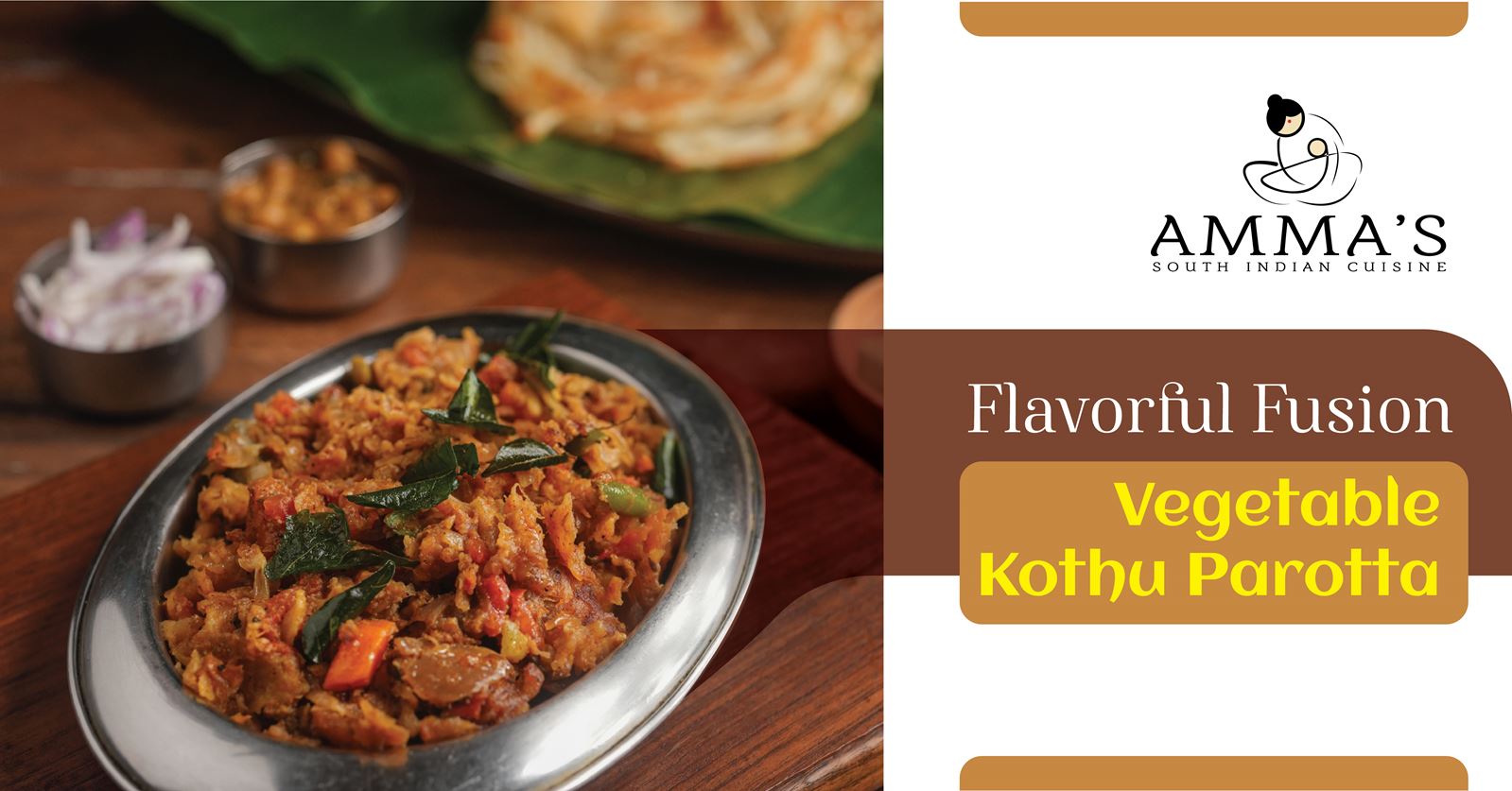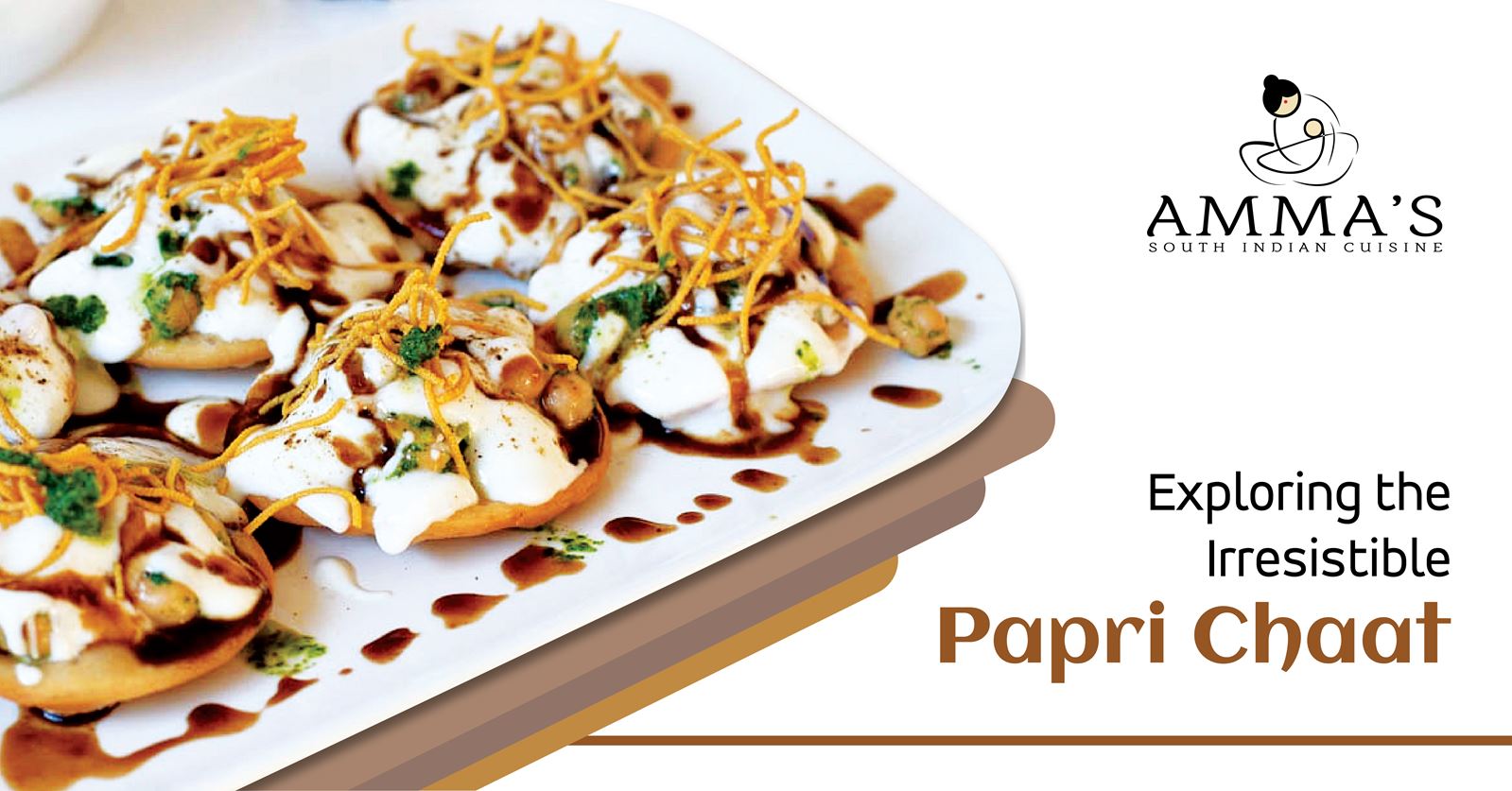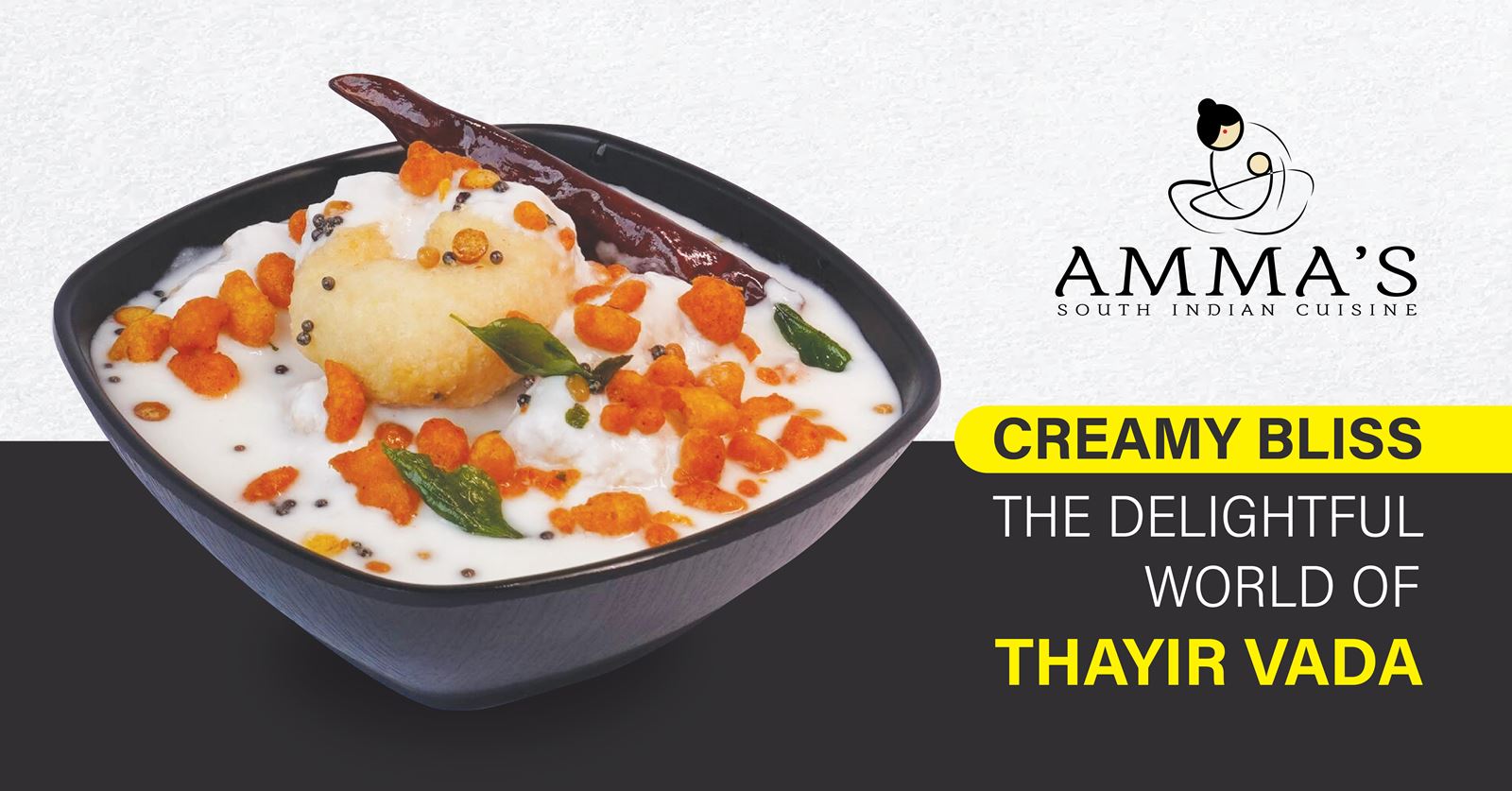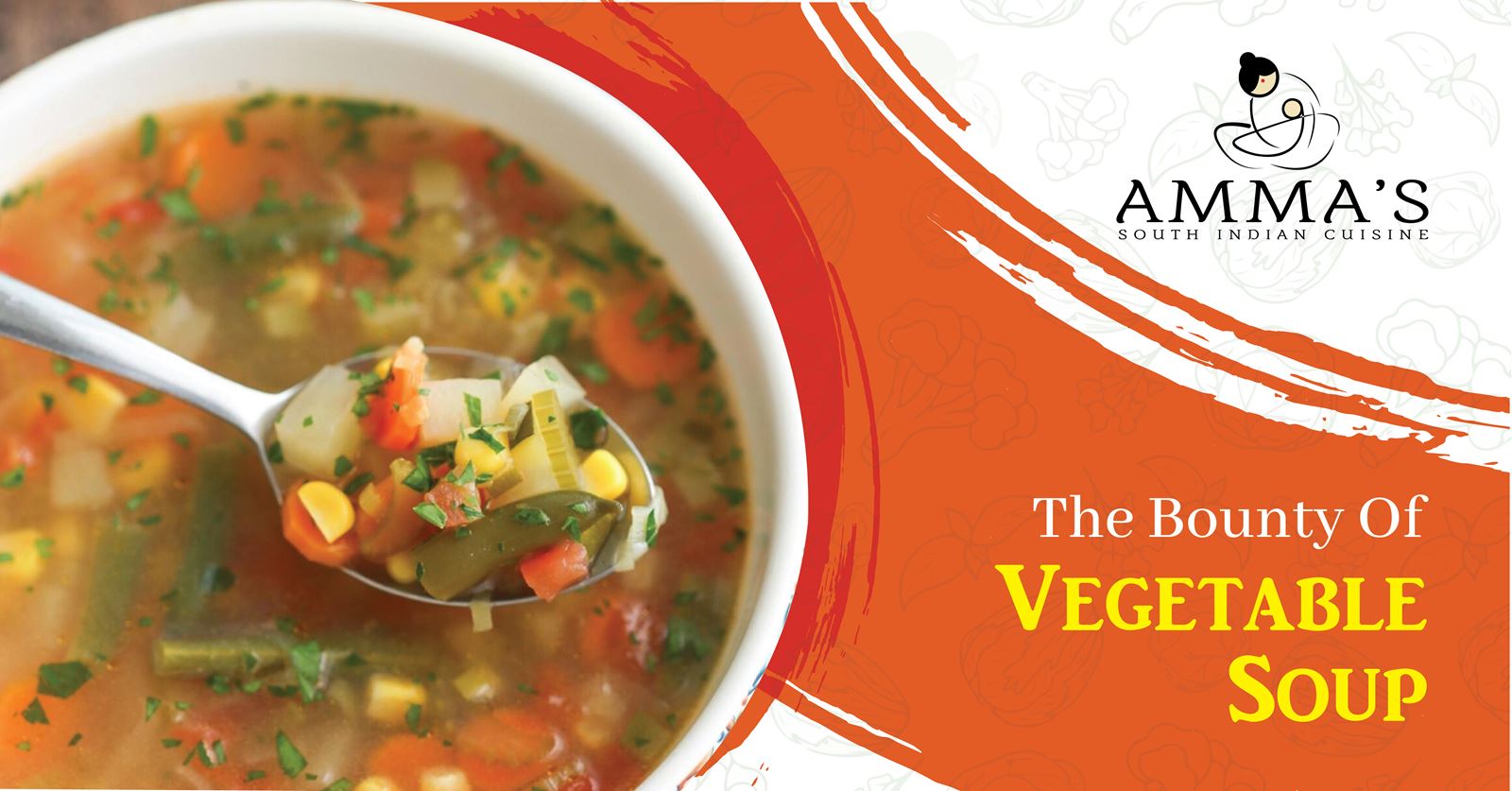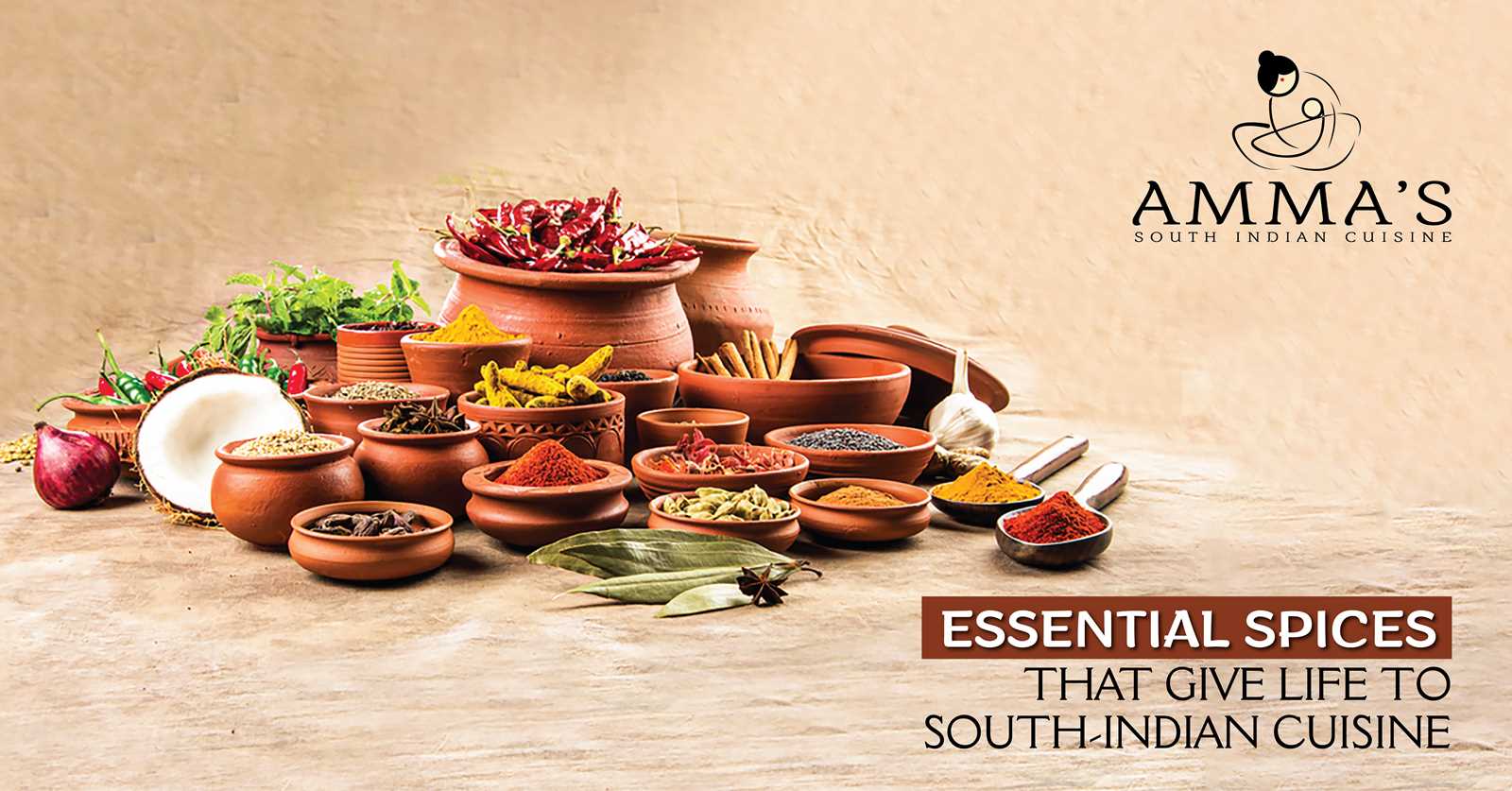
Essential Spices That Give Life to South-Indian Cuisine
Indian cuisine will never be complete without the many spices that go into making the delightful magic. Spices are also used for medicinal and therapeutic reasons, as well as to prevent disease and preserve food. Let’s take a peek at some of the spices that flavor South Indian cooks’ culinary adventures.
Cumin has a distinctive and pleasant flavor. Roasted or spluttered jeera adds a fragrant note to foods. Garam Masala includes it as a key ingredient. Jeera aids digestion and is known for its asthma and cold-curing effects.
Turmeric has been used as a food and medicine for millennia because it contains curcumin, a therapeutic component that gives it its brilliant color. Turmeric contains potent antioxidants that help to protect healthy cells while also lowering cholesterol and preventing heart disease.
The mustard seed is the most important component for tempering in any south Indian recipe. Mustard seeds are spluttered in hot oil, and added to dishes, including pickles. Mustard, like other spices, has a wide range of therapeutic properties. They’re also a great source of magnesium.
Roasted and powdered coriander seeds add wonderful taste to cuisine with its strong aromatic flavor. Many ready-made powders, such as Sambar Powder, chicken masalas, and coconut curries, contain this spice. Fresh coriander leaves bring the most vibrant contrast and taste to any meal.
Black pepper has a variety of therapeutic characteristics that aid in the prevention and treatment of coughs, colds, and other diseases. It’s one of the ingredients in garam masala, and it’s utilized to give meals a different flavor than chillies.
Hing, also known as asafoetida, is widely utilized in the southern states. When it’s added to heated oil or ghee, the first pungent odor fades and is replaced by a smooth pleasant aroma. Right from chutneys to sambars, a pinch of hing is added to everything.
Chilli powder adds spiciness to a dish. Along with the spiciness, the Kashmiri red chilli gives the dish a characteristic red color. Some recipes call for whole red chilies, while others ask for minced chilli powder.
Curry leaves, along with mustard seeds, are frequently one of the first items added to the oil. Cardamom is India’s favorite addition to spice up their tea! Indians use this spice in sweets and curries and even in the Indian pulao. There are two types of cardamom: black and green. The green variety is one of the main ingredients in Indian garam masala.
Cinnamon is often used for sweet foods all around the world, but it is also utilized for savory foods in Indian cookery. Fenugreek can be used as a spice or a herb. Kasuri Methi is nothing but dried fenugreek leaves. They have a somewhat bitter flavor and taste like a blend of celery and fennel. The leaves are typically crumbled and sprinkled over meat and vegetable curries.
Amma’s South Indian Restaurant is where you need to head towards, if you want to taste authentic dishes of South India.

